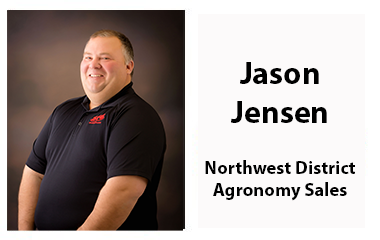Spring 2024 Crop Updates
Jun 04, 2024

So far, the 2024 growing has offered many challenges and obstacles to overcome. We started the planting season off with a cool dry spell, and transitioned to a wet spell, and gradually warmed up. Crops have struggled from emergence, with the cold weather, to fighting through wet soil conditions many in an anaerobic condition at times being waterlogged, and on top of all of this stress has been many storm events that have blown plants around and hail has mangled many leaves throughout our trade territory. This all seems to be setting up a perfect storm of the possibility for diseases later in the growing season. This is going to make it important to explore the options of applying fungicide this summer.
Most corn hybrids have a response to fungicide score (RTF). While we are preparing for planting, it is important to remember which hybrids are planted in each field to go back and look at each field with a high RTF score to be certain that we are getting these hybrids treated with a good fungicide.
We also need to remember the fields with a moderate to low RTF scores and scout them for disease pressure throughout the summer months and base decisions on findings in the field and/or movement of tar spot. Tar spot was new to our area last year, and most fields in the trade territory that I work throughout, had signs of late season tar spot, fortunately it was late enough in its arrival to not cause much if any yield loss in most situations. We may not be as fortunate in the 2024 growing season, so tar spot will be a new to us disease to track and learn from in the future, and will reform the way many of us have made recommendations for fungicide on corn acres.
Soybeans are a little easier as there have been very few years that applying fungicide with an insecticide have not added enough value to the crop to return the investment.
Talk to your local SFG agronomist to start preparing for summer applications of fungicides on your farm. While applying these fungicides it may also be a good time to add foliar N or micros especially Boron, that may show up in late season tissue samples to pull the most out of each acre of your operation.